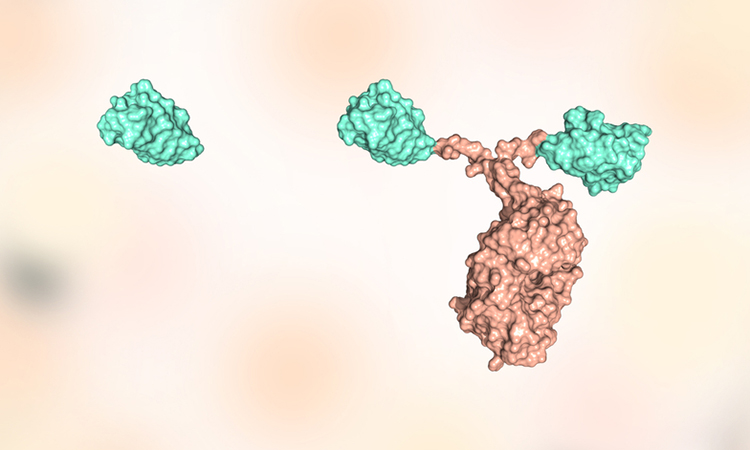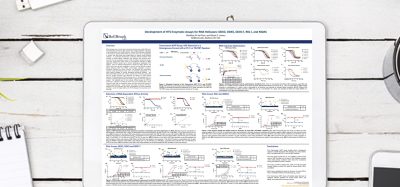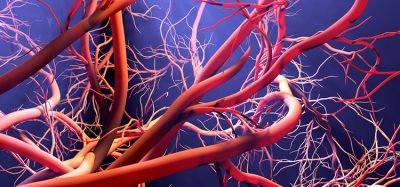Inhaled nanobodies effective against SARS-CoV-2 in hamsters
Posted: 27 May 2021 | Victoria Rees (Drug Target Review) | No comments yet
Researchers have shown that inhalable nanobodies at ultra-low doses can effectively neutralise SARS-CoV-2 in hamsters.

Researchers from the University of Pittsburgh School of Medicine, US, showed that inhalable nanobodies targeting the Spike (S) protein of SARS-CoV-2 can prevent and treat severe COVID-19 in hamsters. According to the researchers, this is the first time the nanobodies were tested for inhalation treatment against coronavirus infections in a pre-clinical model.
The scientists showed that low doses of an aerosolised nanobody named Pittsburgh inhalable Nanobody-21 (PiN-21) protected hamsters from the dramatic weight loss typically associated with severe SARS-CoV-2 infection and reduced the number of infectious virus particles in the animals’ nasal cavities, throats and lungs by a million-fold, compared to placebo treatment with a nanobody that does not neutralise the virus.
“By using an inhalation therapy that can be directly administered to the infection site – the respiratory tract and lungs – we can make treatments more efficient,” said co-senior author Dr Yi Shi. “We are very excited and encouraged by our data, suggesting that PiN-21 can be highly protective against severe disease and can potentially prevent human-to-human viral transmission.”
Previously, Shi and colleagues discovered a large repertoire of over 8,000 high-affinity SARS-CoV-2 nanobodies. From this repertoire, the scientists selected an ultrapotent nanobody (Nb21) and bioengineered it into a trimeric form to further maximise its antiviral activity. The resulting PiN-21 is by far the most potent antiviral nanobody that has been identified, according to the researchers’ review of published studies.
The experiments showed that PiN-21 was protective when administered intranasally at the time of infection. Hamsters in the PiN-21 treatment group did not lose any body weight, unlike the placebo-treated animals who lost up to 16 percent of their initial body weight after a week of infection.
Even more impressively, inhalation of aerosolised nanobodies at an ultra-low dose reduced the number of infectious virus particles in the lung tissue by six-logs (or a million-fold). Animals who received aerosolised PiN-21 nanobodies had milder changes in the lung structure and a lower degree of inflammation than those who received the placebo.

Animals who received inhaled nanobodies have fewer coronavirus particles in their bronchioles (right panel, orange) and are less inflamed (magenta) [credit: Nambulli et al., Science Advances].
To deliver SARS-CoV-2 therapeutics via aerosolisation, the scientists had to overcome several technical challenges – small particle aerosols have to reach deep into the lung and treatment particles need to be small enough so that they do not clump together and strong enough to withstand the extreme pressure required to suspend them in the air. PiN-21 nanobodies, which are approximately four times smaller than typical monoclonal antibodies with exceptionally high stability, are suited for the task. They also are much cheaper to produce and can be generated rapidly to swiftly adapt to the shape-shifting virus.
“COVID-19 is now a pre-eminent disease of the 21st century,” said co-author Dr Doug Reed. “Delivering the treatment directly to the lungs can make a big difference for our ability to treat it.”
The study on SARS-CoV-2 was published in Science Advances.
Related topics
Antibodies, Biopharmaceuticals, Drug Delivery, Drug Development, Immunology, In Vivo
Related conditions
Covid-19
Related organisations
University of Pittsburgh School of Medicine
Related people
Dr Doug Reed, Dr Yi Shi







